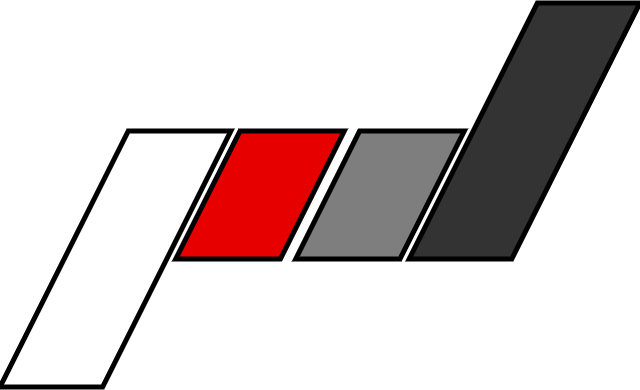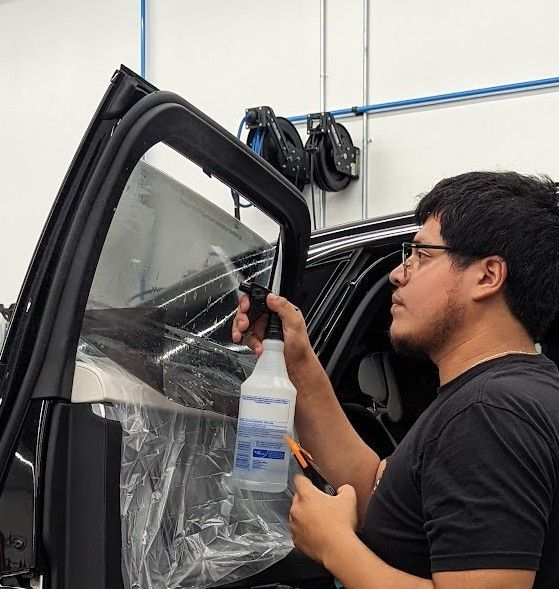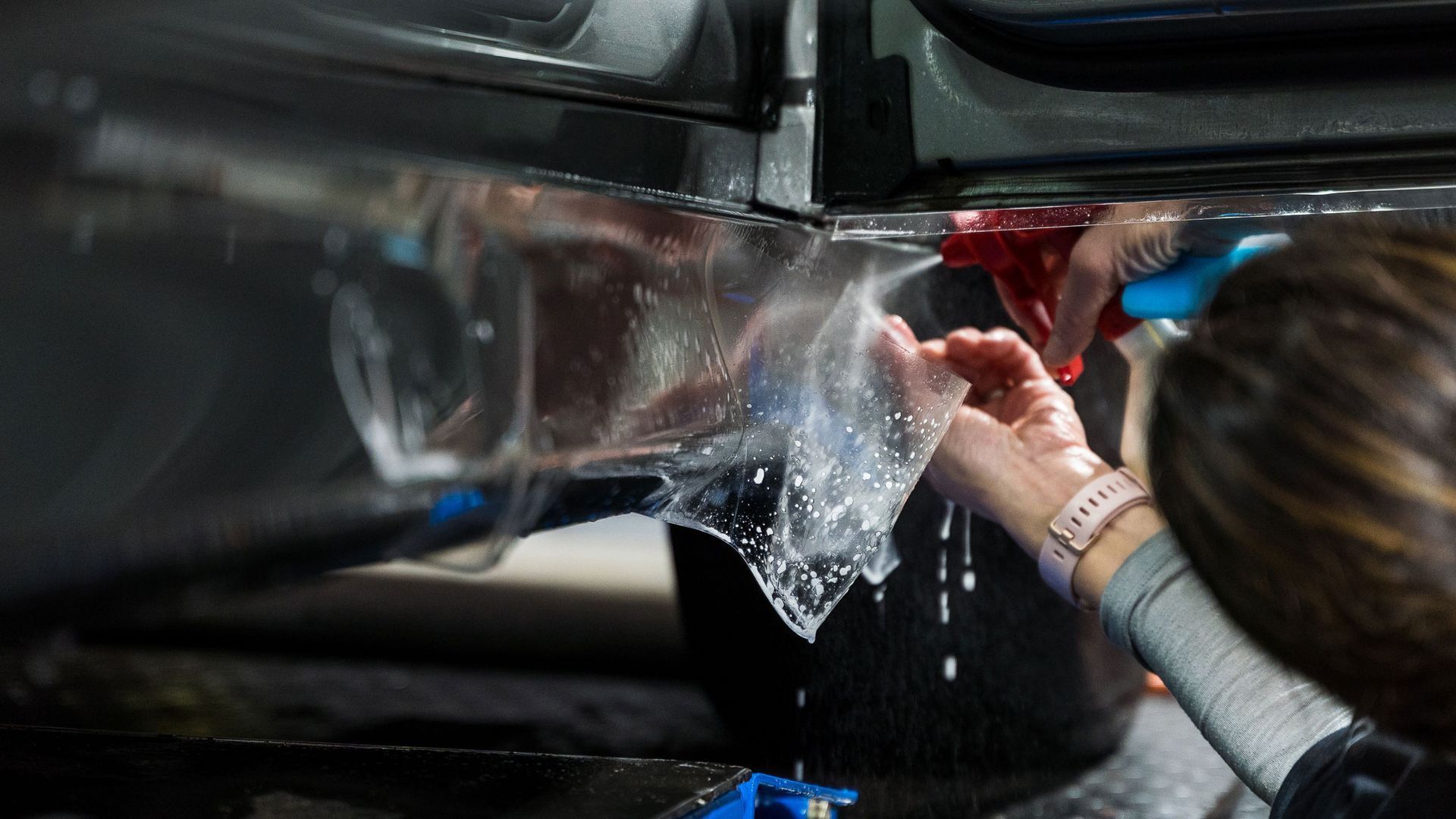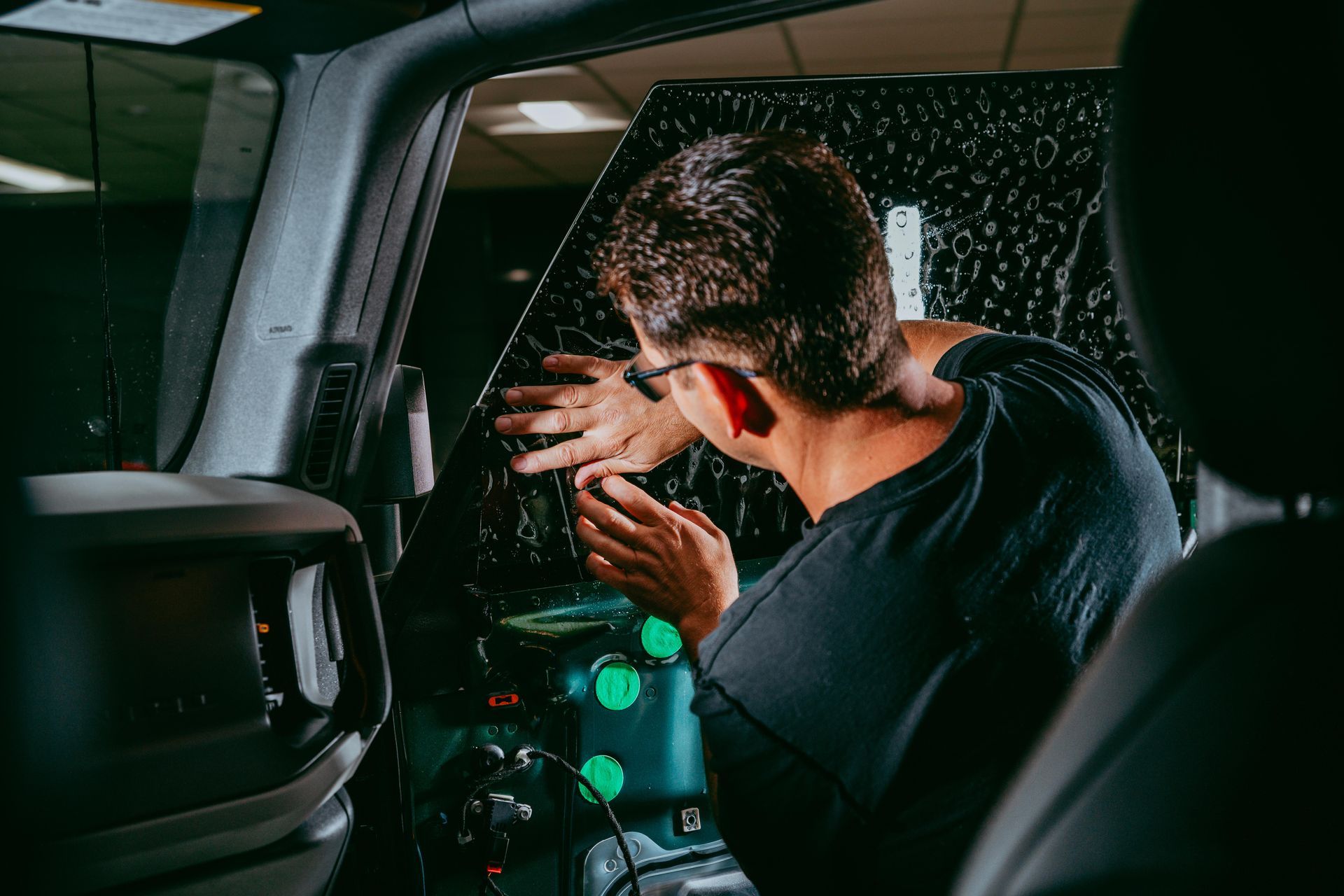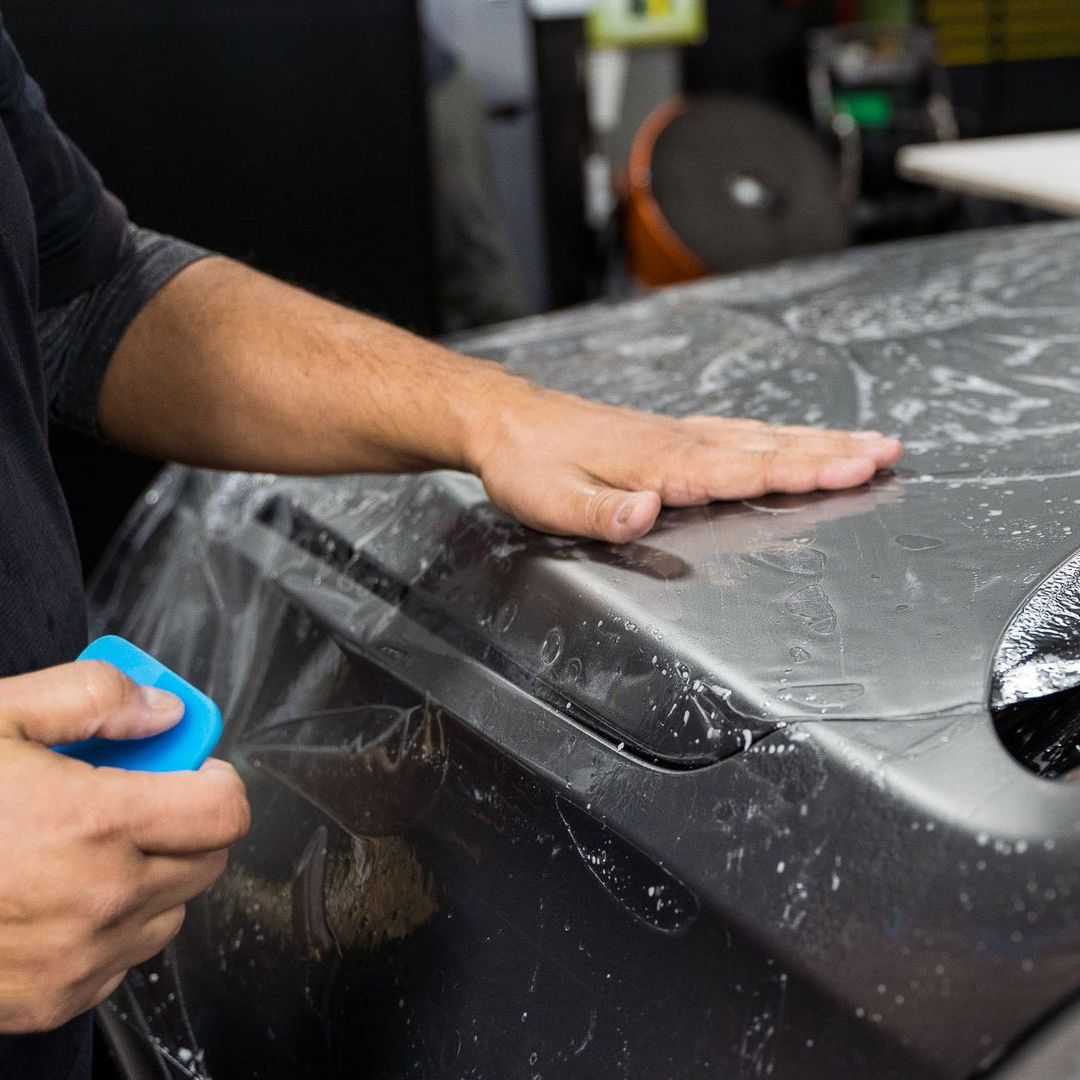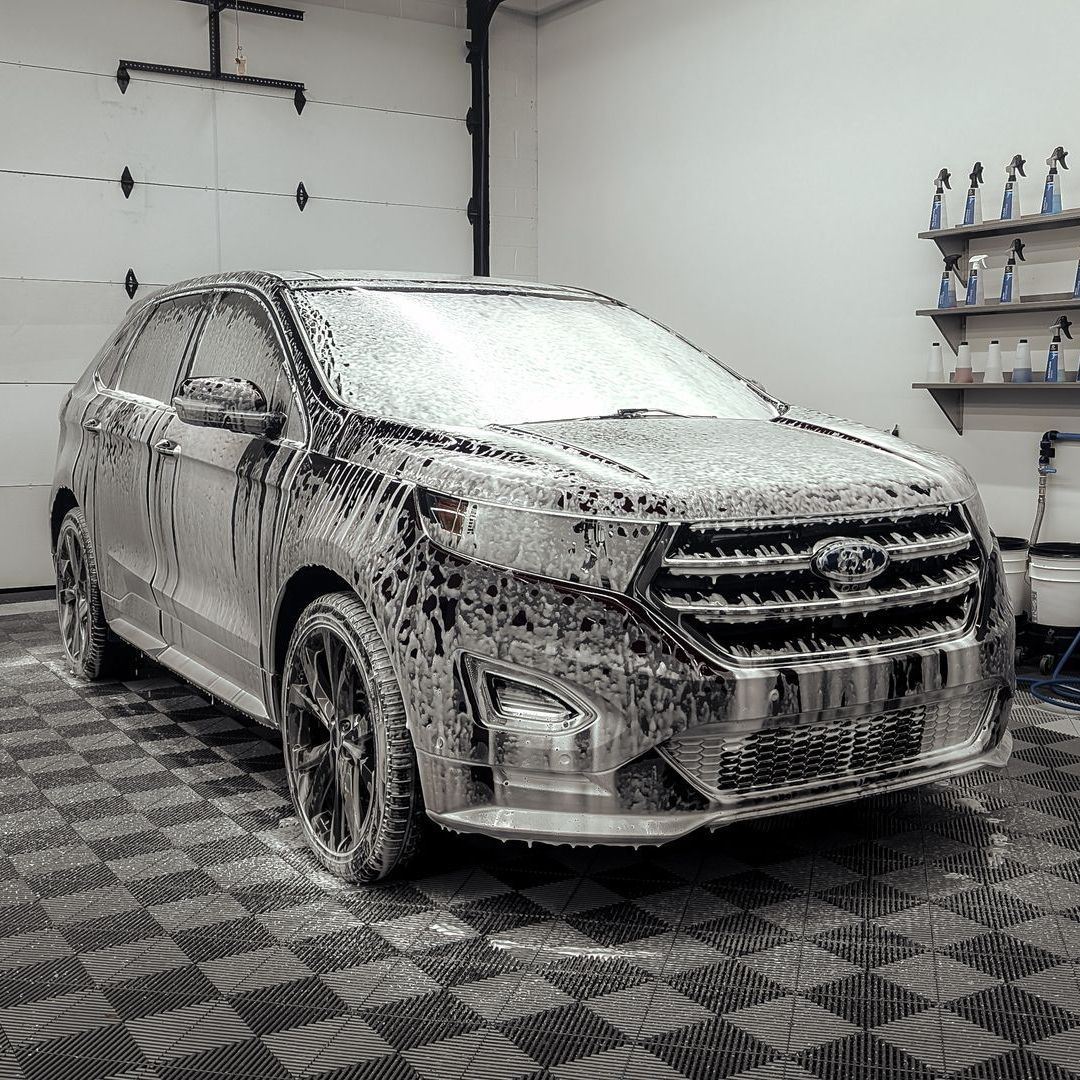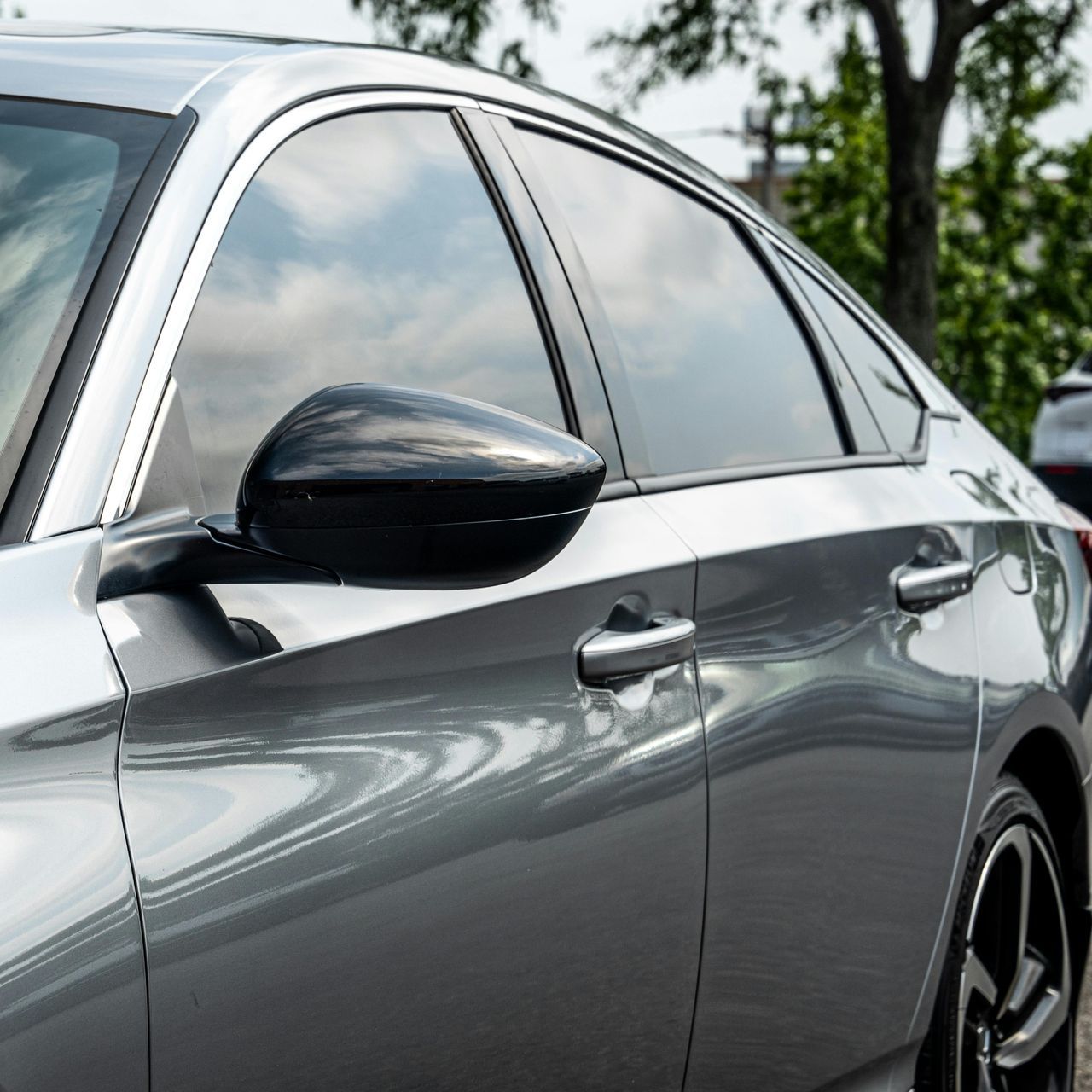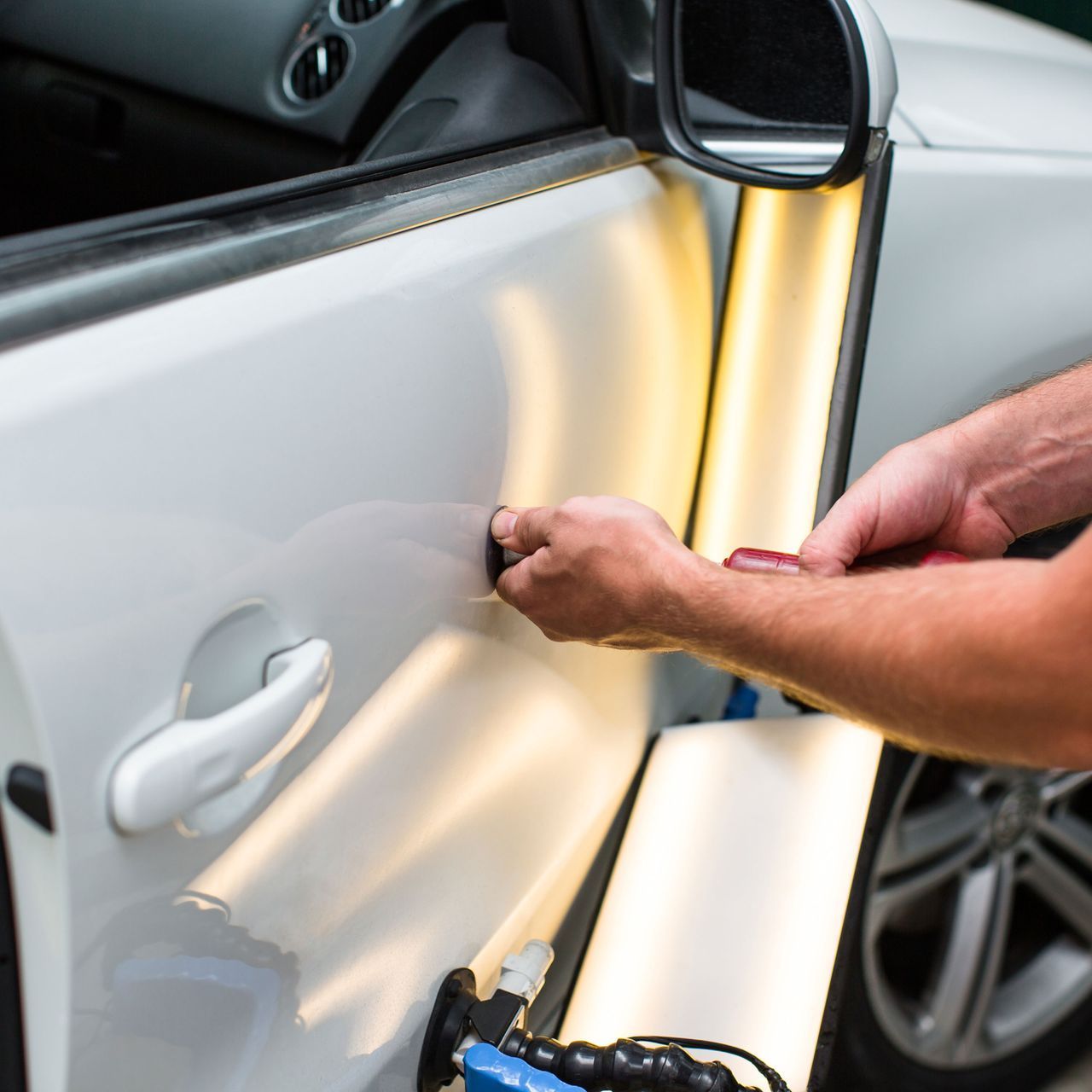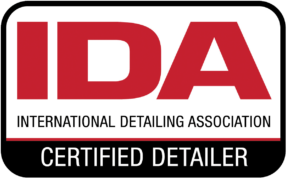The Art and Science of Professional Paint Correction
In the realm of automotive aesthetics, the pursuit of perfection often leads enthusiasts and car owners to invest in advanced detailing services. Among these, professional paint correction stands out as a critical step in the journey toward automotive excellence. This intricate process involves the removal of imperfections, scratches, swirl marks, and other blemishes from a vehicle's paintwork, restoring it to a flawless, factory-like finish. While many enthusiasts are drawn to the allure of protection services like ceramic coatings and paint protection films, the importance of paint correction as a prerequisite cannot be overstated.
The Complexity of Professional Paint Correction:
Understanding Paint Imperfections:
Professional paint correction is a meticulous process that begins with a comprehensive understanding of a vehicle's paintwork. Common imperfections such as swirl marks, oxidation, water spots, and light scratches can detract from the overall appearance of the car. These imperfections often penetrate the clear coat and affect the underlying layers, making it imperative to address them before applying protective coatings.
Multi-Stage Polishing Process:
The heart of paint correction lies in the multi-stage polishing process. Professional detailers use a combination of cutting compounds and polishing pads to carefully level the paint surface, removing imperfections layer by layer. This process requires skill and precision, as aggressive techniques can compromise the thickness of the clear coat, while insufficient correction may leave imperfections untouched.
Specialized Equipment and Techniques:
Achieving a flawless finish demands the use of specialized equipment and techniques. Dual-action polishers, rotary buffers, and various abrasive compounds are employed based on the severity of imperfections and the type of paint system. Professional detailers possess the expertise to select the right combination of tools and products for each unique situation, ensuring optimal results without compromising the integrity of the paint.
Benefits of Professional Paint Correction:
Enhanced Aesthetics:
The primary benefit of professional paint correction is the restoration of a vehicle's aesthetic appeal. By eliminating swirl marks, scratches, and other imperfections, the paint correction process unveils the true brilliance of the paintwork. The result is a showroom-like finish that enhances the overall visual appeal of the vehicle.
Increased Resale Value:
A well-maintained exterior significantly contributes to a vehicle's resale value. Professional paint correction not only enhances the appearance but also protects the investment by preventing further deterioration of the paint. Prospective buyers are more likely to be impressed by a car with flawless paintwork, potentially leading to a higher resale value.
Optimal Surface for Protection Services:
Professional paint correction sets the stage for the application of protective coatings like ceramic coatings and paint protection films. A corrected surface ensures that these protective layers adhere effectively, providing long-lasting defense against environmental contaminants, UV rays, bird droppings, and more.
Importance Before Protective Services:
Maximized Longevity of Protection:
The longevity and effectiveness of ceramic coatings and paint protection films are directly linked to the condition of the underlying paint. A corrected surface allows these protective coatings to bond seamlessly, maximizing their durability and effectiveness in safeguarding the paint against various elements.
Uniform and Consistent Protection:
An uneven or imperfect surface can compromise the uniformity of protective coatings. Professional paint correction ensures that the entire paintwork is free from imperfections, providing a consistent canvas for the application of protective layers. This uniformity contributes to the overall effectiveness of the protection services.
Prevention of Sealant and Coating Failure:
Inadequate paint correction can lead to sealant and coating failure over time. If contaminants or imperfections remain beneath the protective layers, they can eventually compromise the adhesion and performance of the coatings. Professional paint correction acts as a crucial preparatory step, ensuring that the protective layers adhere securely to a pristine surface.
In the world of automotive detailing, professional paint correction stands as a testament to the marriage of art and science. Its complexity lies in the understanding of paint imperfections, the application of multi-stage polishing techniques, and the use of specialized equipment. The benefits are manifold, ranging from enhanced aesthetics and increased resale value to the creation of an optimal surface for advanced protective services.
As a prerequisite to protective coatings like ceramic coatings and paint protection films, professional paint correction plays a pivotal role in ensuring the longevity, uniformity, and effectiveness of these safeguards. Car enthusiasts and owners seeking the pinnacle of automotive brilliance would do well to prioritize this intricate process, recognizing it as the foundation upon which lasting beauty and protection are built.
